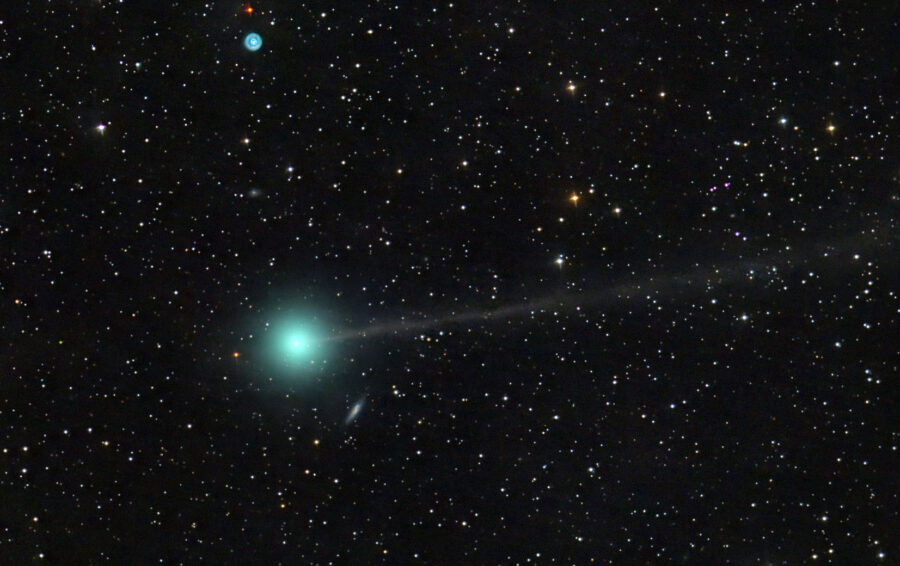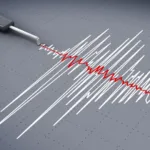Comet Nishimura: A Rare Celestial Visitor
A remarkable celestial event is about to grace our night skies this weekend as Comet Nishimura, also known scientifically as C/2023 P1, makes its close pass by the Sun. This extraordinary event offers stargazers a once-in-a-437-year opportunity to witness a comet in all its glory.
Discovery by Hideo Nishimura
Just one month ago, this ball of rock and ice was discovered by Japanese amateur astronomer Hideo Nishimura on August 12. The fact that it’s already becoming visible to the naked eye is exceptionally rare in the world of astronomy. Most comets are spotted months or even years before they come close to the Sun.
A Long and Icy Journey
Comet Nishimura’s long orbital period means that it spends the majority of its existence in the frigid outer reaches of the Solar System. It only swings by the Sun every 437 years, making its journey a truly extraordinary one.
The Dance with the Sun
As comets like Nishimura approach the Sun from the depths of space, the Sun’s intense heat causes its icy cores to transform into dust and gas, forming the characteristic long tail that we associate with comets. This tail reflects the Sun’s light, allowing us to observe these cosmic wanderers from our vantage point on Earth.
Up Close and Personal
On September 17, Comet Nishimura will reach its closest point to the Sun, coming within 33 million kilometers (20 million miles). To put that in perspective, it’s less than a quarter of the distance between the Earth and the Sun. Thankfully, this comet poses no threat to Earth as it will pass by at a safe distance of 125 million kilometers.
Prime Viewing Time
For those eager to catch a glimpse of this rare event, the best viewing time will be this Saturday and Sunday, especially for those in the Northern Hemisphere. To get the best view, look towards the northeastern sky just to the left of Venus before sunrise. Ensure you’re in a clear area free from light pollution.
Tools of Observation
While even small binoculars will provide an excellent view of the comet, if conditions are ideal, Comet Nishimura may even be visible to the naked eye.
A Greenish Spectacle
One distinctive feature of this comet is its greenish tail, which is a result of having more gas than dust. This unique coloration adds to the enchantment of this celestial show.
So, set your alarm clocks, gather your stargazing gear, and prepare to witness Comet Nishimura, a visitor from the depths of space, in all its celestial glory this weekend – an event you won’t want to miss!
Also Read: Mysterious Golden Orb Discovered Deep In Ocean Baffles Scientists






